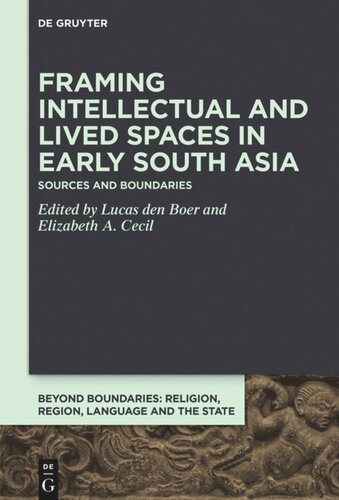

Most ebook files are in PDF format, so you can easily read them using various software such as Foxit Reader or directly on the Google Chrome browser.
Some ebook files are released by publishers in other formats such as .awz, .mobi, .epub, .fb2, etc. You may need to install specific software to read these formats on mobile/PC, such as Calibre.
Please read the tutorial at this link: https://ebookbell.com/faq
We offer FREE conversion to the popular formats you request; however, this may take some time. Therefore, right after payment, please email us, and we will try to provide the service as quickly as possible.
For some exceptional file formats or broken links (if any), please refrain from opening any disputes. Instead, email us first, and we will try to assist within a maximum of 6 hours.
EbookBell Team

0.0
0 reviewsOpen Access
The contributions to this book address a series of ‘confrontations’—debates between intellectual communities, the interplay of texts and images, and the intersection of monumental architecture and physical terrain—and explore the ways in which the legacy of these encounters, and the human responses to them, conditioned cultural production in early South Asia (c. 4th-7th centuries CE). Rather than an agonistic term, the book uses ‘confrontation’ as a heuristic to examine historical moments within this pivotal period in which individuals and communities were confronted with new ideas and material expressions.
The first half of the volume addresses the intersections of textual, material, and visual forms of cultural production by focusing on three primary modes of confrontation: the relation of inscribed texts to material media, the visual articulation of literary images and, finally, the literary interpretation and reception of built landscapes. The second part of the volume focuses on confrontations both within and between intellectual communities. The articles address the dynamics between peripheral and dominant movements in the history of Indian philosophy.